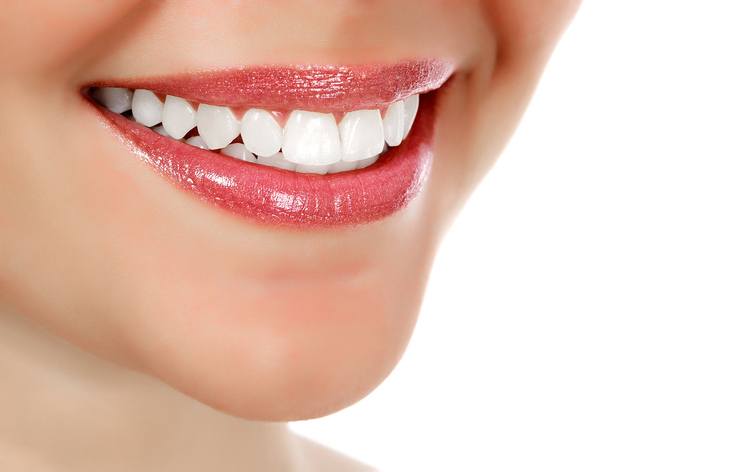In a city like Singapore, where workdays are long, commutes can be taxing, and digital distractions are constant, energy is often in short supply. Many Singaporeans face regular fatigue or burnout, especially in desk-bound roles or high-pressure industries. One highly effective way to reclaim physical and mental vitality is through fitness HIIT training. It not only builds cardiovascular strength and tones the body but also significantly boosts daily energy and helps regulate stress.
Unlike traditional workouts that require long hours, HIIT (High-Intensity Interval Training) is designed to deliver maximum results in minimum time. It does this by alternating short, intense bursts of activity with brief recovery periods. The result is a powerful response in the body’s systems that leads to increased stamina, sharper focus, and long-lasting vitality—qualities much needed in a busy, performance-driven society.
How HIIT Stimulates Energy Without Draining You
It might sound counterintuitive to use physical exertion to feel more energised, but the body thrives on movement. When engaged in fitness HIIT training, your circulation improves, oxygen delivery increases, and your mitochondria—the energy producers in your cells—become more efficient. These physiological changes translate into better endurance throughout the day and a stronger ability to manage fatigue.
Unlike low-intensity or overly long workouts that can leave you feeling depleted, a 20-minute HIIT session can uplift your body and mind. Many people report increased energy post-workout, even after demanding routines, as the hormonal response includes elevated endorphins, dopamine, and norepinephrine—all known to boost alertness and mood.
The Link Between Sedentary Lifestyles and Energy Slumps
Singapore’s modern lifestyle is highly digital and urbanised. It’s not unusual for office workers to spend 8 to 10 hours seated, often with limited physical breaks. This sedentary rhythm slows metabolism, weakens circulation, and encourages poor posture—all contributing to reduced energy and increased sluggishness.
HIIT directly addresses these issues. Even quick morning routines can reset the nervous system, activate major muscle groups, and increase blood flow. By breaking up long periods of inactivity with short bursts of movement, the body becomes more resilient to tiredness, and energy slumps throughout the day are reduced.
HIIT as a Tool Against Mental Burnout
Burnout isn’t just physical exhaustion—it often includes emotional fatigue, cynicism, and reduced effectiveness. Mental burnout is common among professionals in Singapore’s high-achievement culture, especially in roles with constant deadlines, multitasking, and digital overload.
Here’s where fitness HIIT training proves especially valuable. Intense physical activity helps regulate cortisol, the primary stress hormone. HIIT also increases brain-derived neurotrophic factor (BDNF), a protein that supports cognitive function, memory, and learning. These biological effects help you think clearer, react faster, and stay mentally sharper even under pressure.
After just a few weeks of regular HIIT sessions, many individuals report improved sleep, greater emotional stability, and increased enthusiasm for daily tasks.
When to Do HIIT for Maximum Energy
Timing your sessions can affect how your body and brain respond. Early morning HIIT can kickstart your metabolism and help you stay energised throughout the day. Afternoon sessions can help overcome post-lunch lethargy, while evening HIIT may serve as a stress release and improve sleep quality—if done at least two hours before bedtime.
For most Singaporeans, squeezing in 20–30 minutes before work or during lunch break is realistic and beneficial. Many find it easier to stick to a routine when the workout doesn’t require extensive travel or equipment. Bodyweight movements like push-ups, squats, planks, and high knees can be done anywhere, from your bedroom to the rooftop of your HDB block.
Building a HIIT Routine for Energy Management
If your goal is to enhance energy rather than exhaust yourself, the structure of your routine matters. Focus on full-body exercises, moderate rest intervals, and avoid back-to-back high-impact movements if you’re new to it. Here’s a sample layout:
- Warm-up (3–5 minutes): Light jogging in place, dynamic stretches, arm swings
- Main circuit (15–20 minutes):
- 30 seconds of jumping jacks
- 15 seconds rest
- 30 seconds of squats
- 15 seconds rest
- 30 seconds of push-ups or knee push-ups
- 15 seconds rest
- Repeat 3–4 rounds
- Cool-down (3–5 minutes): Deep breathing and static stretches
This format allows the heart rate to rise and fall rhythmically, enhancing cardiovascular health without pushing you to exhaustion.
How HIIT Fits Into a Singaporean Schedule
For most working adults and students in Singapore, time is the biggest constraint. Long gym sessions often get sacrificed for meetings, school assignments, or social obligations. HIIT fills this gap by offering a full workout in under half an hour.
Additionally, weather conditions may restrict outdoor training, especially with frequent rain or high humidity. That’s why indoor HIIT options—whether at home or in facilities like TFX—are practical choices. The climate-controlled environment ensures comfort while structured group sessions offer guidance, motivation, and consistency.
With the increasing popularity of virtual fitness options, many Singaporeans are also using online HIIT platforms that fit seamlessly into their schedules. A laptop, a mat, and the will to move are often all that’s required.
Tracking Energy Improvements Over Time
While it’s easy to track strength gains or weight loss, measuring energy can be more subjective. Still, keeping a simple log can help you recognise patterns. Note how you feel before and after each session and rate your overall energy the next day. Over time, you’ll likely observe:
- Less mid-day fatigue
- Increased alertness in meetings or lectures
- Better sleep and recovery
- Reduced caffeine dependency
These improvements, although subtle at first, can transform your productivity and overall quality of life.
Long-Term Benefits of an Energising HIIT Routine
When practised consistently, HIIT builds resilience that extends beyond physical stamina. It strengthens your immune system, improves mental focus, and builds emotional grit. These qualities are invaluable in a city that never slows down.
By investing 20 to 30 minutes a few times a week into HIIT, you’re not just working on your body—you’re strengthening your ability to face each day with energy, drive, and clarity.
Question & Ans: FAQ About HIIT for Energy and Burnout Prevention
Q: Can HIIT help if I already feel tired before working out?
Ans: Yes, in many cases, low to moderate effort HIIT actually boosts your energy. Start with short sessions and lighter movements. Within minutes, improved circulation and hormone release can elevate your mood and alertness.
Q: Will HIIT make me more exhausted if I have a high-stress job?
Ans: Not necessarily. When done in moderation and with proper rest, HIIT helps manage stress rather than worsen it. It trains the nervous system to recover faster and lowers cortisol levels over time.
Q: How soon will I feel more energetic after starting HIIT?
Ans: Some people notice changes after just one or two sessions, especially in mood and focus. Consistent training over 2–3 weeks typically results in noticeable improvements in daily energy and sleep.
Q: What should I eat to support energy during HIIT?
Ans: Choose whole foods like fruits, oatmeal, or a banana with nut butter 30–60 minutes before your workout. After training, pair protein and complex carbs such as eggs with wholegrain toast or grilled tofu with rice to replenish energy.
Q: Can older adults use HIIT to fight fatigue?
Ans: Absolutely. With modified movements and appropriate rest intervals, HIIT is effective for older adults. It helps combat age-related fatigue and supports brain health, mobility, and heart function.











